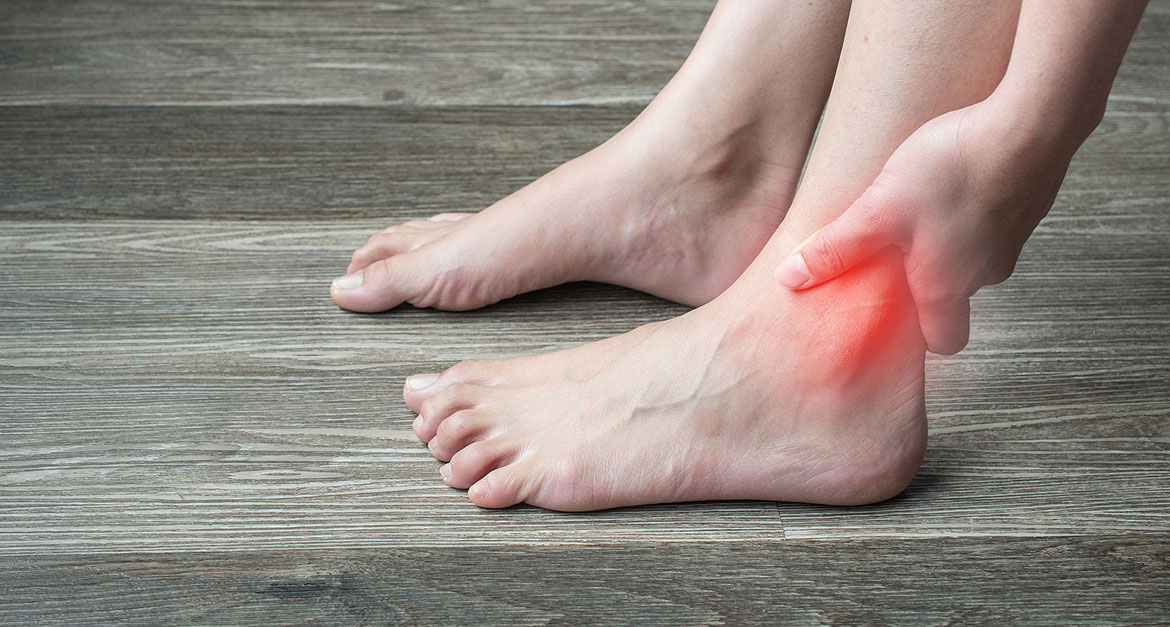A sprained ankle is a common injury suffered by many physically active persons, perhaps from tripping and falling or from playing sports. However, this is quite common since the ankle heals on its own over time. However, there are circumstances in which it is not the case. Ankle instability can result from recurrent sprains that damage the ankle’s outer layer.
Let’s get a better understanding of the situation.
Ankle instability: what is it?
Many bones, muscles, and ligaments make up the ankle, and they all work together to keep it stable, limit overuse, and guard against damage. Ankle instability is caused by weaker and strained ligaments that support the sides of the ankle, usually as a result of recurrent sprains.
Ankle Instability Causes
Ankle instability, commonly referred to as chronic ankle instability, is caused by weakening of the ligaments surrounding the ankle bones. The syndrome is most commonly caused by one or more non-healing ankle sprain injuries.
Additional reasons are
- Damage to the ankle nerve.
- An infection of the lining of the joint.
- Ankle joint fractures.
- Torn tendons, the fibres that join the bones and muscles.
- The fifth is ankle joint arthritis.
- Scar tissue that causes the ligament to sprain.
Ankle Instability Symptoms
- Abnormal soreness or edoema.
- Ankle tremulousness or instability.
- Regularly rolling the ankle out to the side.
Ankle Instability Therapy
Initially, a brace, anti-inflammatory drugs, or physical therapy would be the non-surgical treatments recommended by your healthcare professional.
- Physical therapy: Training for balance and strength can assist to increase ankle stability.
- Bracing or Taping: To support the joint, some patients find that ankle braces or taping methods work well.
- Medication: NSAIDs, or non-steroidal anti-inflammatory medicines, can help control inflammation and pain.
- Surgery: To reconstruct or repair injured ligaments, surgery may be required in extreme circumstances.
Although ankle instability can be a difficult condition to manage, people can improve their quality of life with the correct support and care. Don’t be afraid to get professional assistance if you’re having ankle instability.

